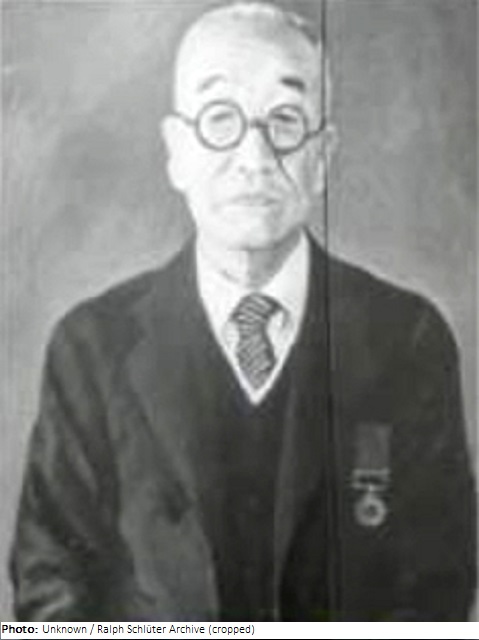Tokuo Yamamoto

Biographical information
| Roles | Competed in Olympic Games |
|---|---|
| Sex | Male |
| Full name | Tokuo•Yamamoto |
| Used name | Tokuo•Yamamoto |
| Original name | 山本•徳生 |
| Born | 1905 in Iwakuni, Yamaguchi (JPN) |
| Died | 1994 in Iwakuni, Yamaguchi (JPN) |
| NOC |  Japan Japan |
Biography
Tokuo Yamamoto was a Japanese painter and art educator. After graduation he became a teacher, first in his hometown, and later in the Ōta district of Tokyo. Under the influence of Sakyo Kawakami Yamamoto was one of the founders of the artist group “īzeru-sha” (Easel Co.) with regular exhibitions in Hiroshima. In 1933 he obtained the qualification for teaching at secondary schools.
Yamamoto won his first of many exhibition awards in 1933 and 1934 and participated in the formation of Kyushitsu-kai (Ninth Room Association) for avant-garde artists. After he presented his “Sumo” painting at the Berlin Olympics, he also became acquainted with French artists. In 1943, Yamamoto became a member of the Nika committee. At about the same time his school was evacuated to Unazuki in Toyama prefecture.
Just before the end of World War II most of Yamamoto’s works were ruined during a Tokyo air raid. Two years later, he returned to Iwakuni to become a teacher at a girls’ school. In 1950 he began his engagement with the Iwakuni Art Association, initially as vice-chairman until 1962; in 1967 Yamamoto became chairman of the Iwakuni New Art Association; and in 1968 he became vice-chairman of the Iwakuni Cultural Association. Until his death in 1994, Yamamoto received several awards for cultural merit from local and regional institutions.
Results
| Games | Discipline (Sport) / Event | NOC / Team | Pos | Medal | As | |
|---|---|---|---|---|---|---|
| 1936 Summer Olympics | Art Competitions |  JPN JPN |
Tokuo Yamamoto | |||
| Painting, Unknown Event, Open (Olympic) |